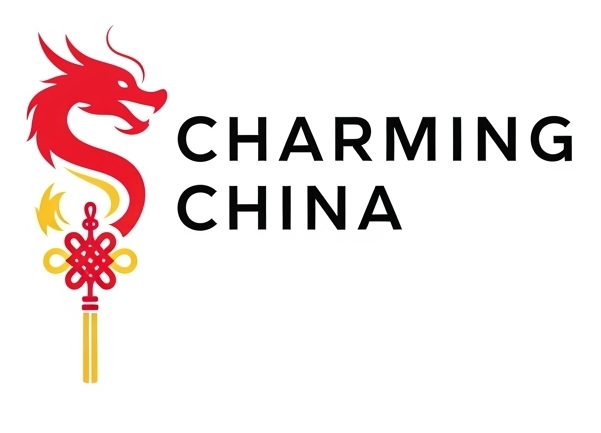Textiles & Embroidery – Explore silk, brocade, and ancient sewing arts
Textiles have been at the heart of Chinese culture for thousands of years. From the shimmering silk that fueled the Silk Road to intricate embroideries treasured by emperors and nobles, fabrics were more than clothing—they symbolized wealth, identity, and artistry. Let’s explore the history and significance of China’s most famous textiles: silk, brocade, and embroidery.
The Legacy of Silk
Origins: Silk production dates back over 5,000 years, with legend crediting Lady Leizu (wife of the Yellow Emperor) for discovering sericulture.
Cultural Impact: Silk garments were symbols of elegance and status in dynasties such as the Han and Tang.
Global Trade: Silk was China’s most valuable export, giving its name to the famous Silk Road that connected East and West.
Modern Use: Today, silk is still prized for its softness, sheen, and luxury in both traditional Hanfu and modern fashion.
Brocade: Woven Luxury
- What It Is: Brocade (锦, jin) is a richly woven fabric featuring patterns of gold or colored threads.
- Historical Role: In the Tang and Ming dynasties, brocade garments were often reserved for royalty and officials.
- Designs: Common motifs include dragons, phoenixes, clouds, and peonies, all symbols of power and prosperity.
- Famous Centers: Nanjing Yunjin brocade remains a UNESCO Intangible Cultural Heritage, celebrated for its craftsmanship.
Chinese Embroidery: Painting with Thread
Embroidery transformed plain fabric into works of art. Each region developed its own signature style:
| Embroidery Style | Origin | Features & Motifs |
|---|---|---|
| Suzhou (苏绣) | Jiangsu | Fine, delicate stitches; double-sided designs |
| Hunan (湘绣) | Hunan | Realistic animal figures, especially tigers |
| Guangdong (粤绣) | Guangdong | Bright colors, bold contrasts, floral motifs |
| Sichuan (蜀绣) | Sichuan | Soft silk threads, naturalistic landscapes |
These embroideries were often used for robes, wall hangings, fans, and wedding garments.
Symbolism in Textiles
Chinese fabrics were deeply symbolic:
- Dragons & Phoenixes: Power, authority, harmony in marriage.
- Lotus & Peony: Purity, beauty, and prosperity.
- Clouds & Waves: Eternal fortune and smooth journeys.
- Colors: Yellow for emperors, red for celebrations, black for solemn rituals.
Sewing Arts & Cultural Identity
Traditional sewing techniques were passed down through families, with women often showcasing their skill through embroidery. Clothing wasn’t just practical—it communicated social class, virtue, and cultural heritage.
Modern Revival
Today, silk qipaos, embroidered Hanfu, and brocade-inspired accessories are experiencing a global revival. Designers blend ancient textiles with modern fashion, keeping China’s sewing arts alive on the world stage.
Silk, brocade, and embroidery are more than fabrics—they’re living symbols of China’s history, artistry, and global influence. From the Silk Road to today’s Hanfu revival, these textiles continue to inspire admiration and connect cultures worldwide.
FAQ
Q1: Why is Chinese silk so famous?
Because of its softness, sheen, and ancient role in global trade along the Silk Road.
Q2: What makes Chinese embroidery unique?
Its diversity—different regions created distinct styles like Suzhou’s fine stitches and Hunan’s bold animal designs.
Q3: Was brocade only for royalty?
Yes, historically brocade was a luxury fabric reserved for emperors, nobles, and high-ranking officials.
Q4: How is embroidery used today?
In fashion (Hanfu, qipaos), home décor, and as collectible art pieces.
Q5: Where can I see traditional Chinese embroidery?
Museums in Suzhou, Chengdu, and Guangzhou feature collections, and artisans continue producing handmade works today.
